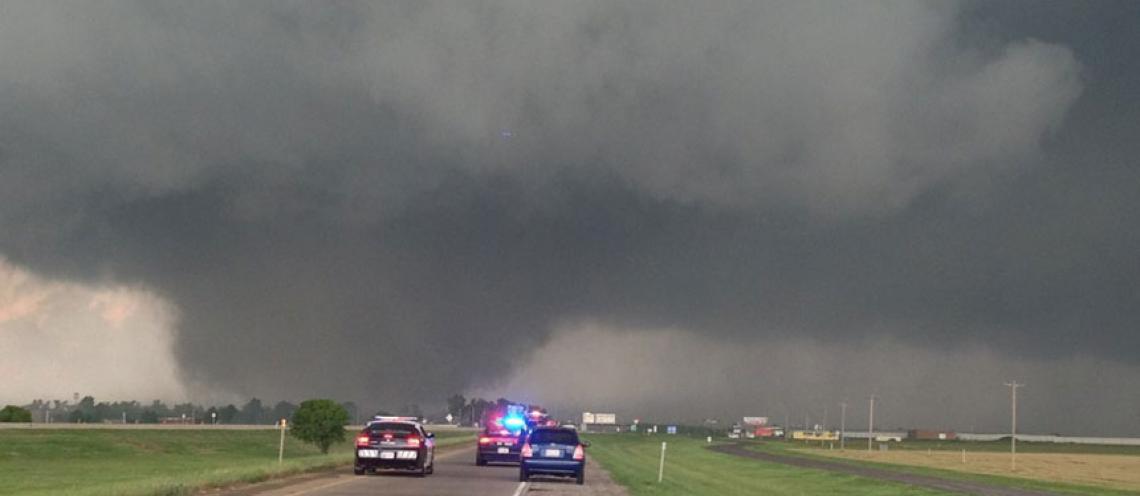
Severe Weather Preparedness
Wednesday, March 15, 2017
While severe weather can strike at any time, springtime in Oklahoma is often prime time for storms. When making your emergency response plans for your family, remember to include provisions for your pets and livestock.
The National Weather Service suggests that owners make an emergency supply kit for their pets. Here are some items to include:
- Food – keep at least three days of food in an airtight, waterproof container.
- Water – store at least three days of water specifically for your pets in addition to water you need for you and your family. Your 40 lb. dog may drink ¼ to ½ gallon of water per day.
- Medicines – put an extra supply of medicines that your pet regularly takes in a waterproof container.
- First aid kit – include cotton bandage rolls, bandage tape and scissors; antibiotic ointment; flea and tick prevention; latex gloves, isopropyl alcohol and saline solution. You can also consult with your veterinarian as to what your pets’ emergency needs might be.
- Collar with ID tag, harness or leash – pets should wear a collar with rabies tag and identification at all times. Include a backup leash, collar and ID tag in your emergency kit. Consider microchipping for a permanent method of identification.
- Important papers – place copies of your pet’s registration information, adoption papers, vaccination documents and medical records in a clean plastic bag or waterproof container.
- Crate or other pet carrier – if you need to evacuate, take your pets with you. Have a sturdy, safe, comfortable crate or carrier ready. It should be large enough for your pet to stand, turn around and lie down and provide food and water. Cats will need space for a litter pan.
- Plan ahead for locations that will accept pets for sheltering if you are unable to stay in your own storm shelter.
- Sanitation – include pet litter and litter box if appropriate; newspapers, paper towels, plastic trash bags and household chlorine bleach to provide proper sanitation for your pets.
- Bleach – bleach can be used as a disinfectant (dilute nine parts water to one part bleach). In an emergency, you can also use it to purify water. Use 16 drops of regular household liquid bleach per gallon of water. Do not use scented or color safe bleaches or those with added cleaners.
- Carry a picture of you and your pet together (cell phones may not work in emergency situations). If you become separated from your pet during an emergency, a picture of you and your pet together will help you document ownership and allow others to assist you in identifying your pet. Include detailed information about species, breed, age, sex, color and any distinguishing characteristics.
- Familiar items – include favorite toys, treats or bedding.
Practice getting the entire family, including your pets, to your tornado safe area in calm weather. Then when a storm strikes, it will be familiar to everyone.
Should you and your pets become separated during a storm, check your local animal control agency or humane society. Keep the locations and phone numbers of area shelters handy.
If you own horses, secure them in a sturdy building on your property or bring them to a pre-identified safe place. Make sure each horse is identified with halters, neck straps or their name spray-painted on the left side of the horse.
For more information on preparing for severe weather for you and your animals, take a loot at the Severe Weather Preparedness Guide.
by Elisabeth Giedt, DVM
Veterinary Viewpoints is provided by the faculty of the OSU Veterinary Medical Hospital. Certified by the American Animal Hospital Association, the hospital is open to the public providing routine and specialized care for all species and 24-hour emergency care, 365 days a year.
